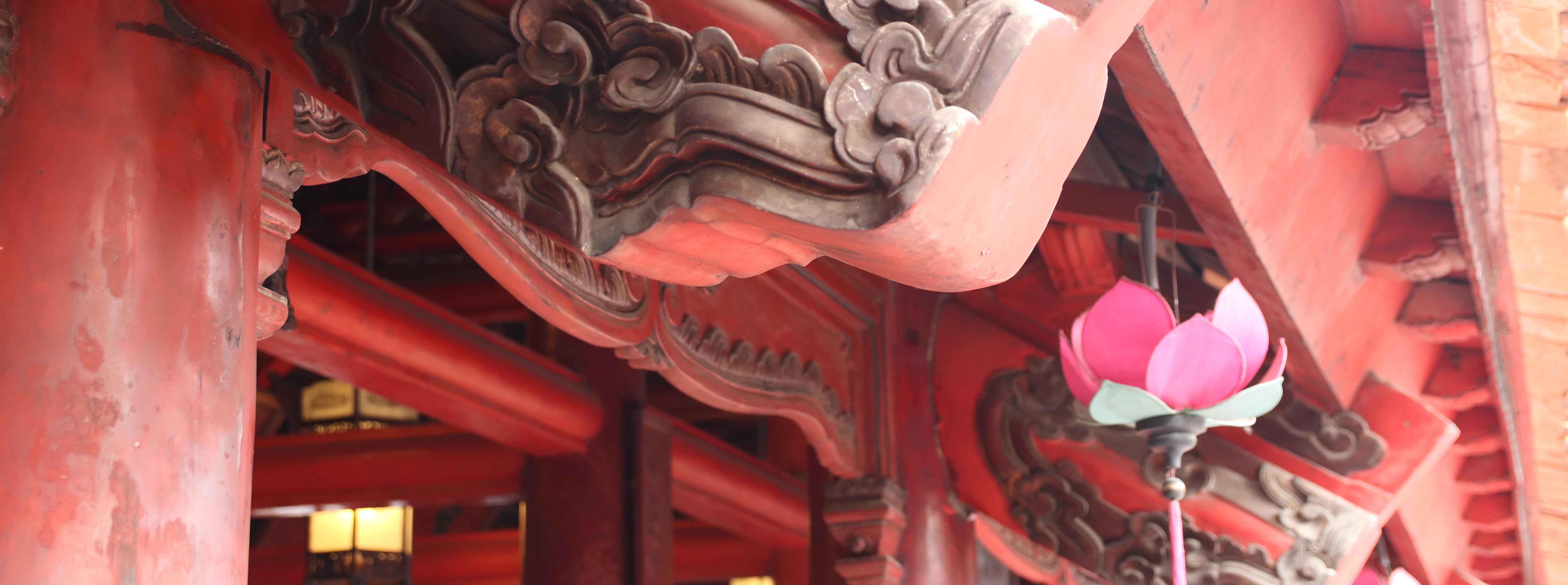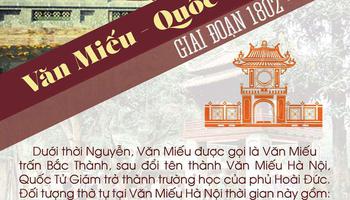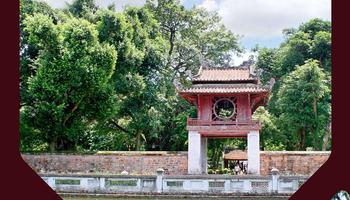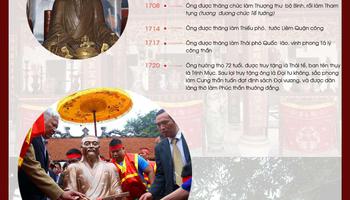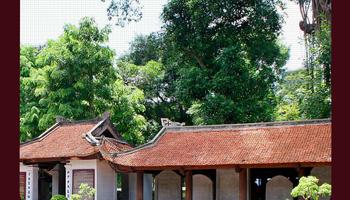THE OPENING CEREMONY OF A NEW SCHOOL YEAR REMEMBER KHAI TÂM CEREMONY
A charming and peaceful August gives way to a bustling, jovial start of the new school year in September. During these days, the sound of drums marking the start of the new school year echoes across the country. This ceremony is a special time for both students and teachers as they return to school after the summer break. This is especially true for 1st graders who timidly take their first steps through the school gate to begin a new journey.
In the past, the parents took their children to meet their teacher on the first day of school to ask for permission to study. This was also a special day called the Khai tâm ceremony. Khai tâm refers to teaching children to open their minds in order to understand. If they keep their minds open, their understanding will be clear, and they will be able to discern right from wrong. When a child turned 6 -7 years old and began to go to school, their parents would choose a favorable day and month to perform the Khai tâm ceremony for them.
Before the ceremony, parents would come to ask permission from the teacher and then chose a favorable day to take their child to class. On the appointed day, parents would neatly dress their child and bring gifts to the teacher’s home, including betel nut, wine, fruit, and incense lamps. If a family was well off, they would also bring a tray of sticky rice, 5 to 10 boiled duck eggs and boiled chicken. The teacher would accept and arrange the gifts, burn incense, and offer sacrifices to both heaven and earth. Then, they would sit down with the child's parents to talk, drink tea and wine, look at the child's horoscope, and gave them a new name, as during this time, children were often given undesirable names. The teacher would rely on classical literature or Chinese characters to find an appropriate name for the new student.
In the beginning, the teacher would teach students about good habits, rules and regulations, and how to behave when communicating. This would include how to answer when asked a question and the way to show respect to others. During the first few months, the teacher would write the lesson out on paper for the students to learn. The students would learn a few words a day. The older students would help the teacher teach the younger students to memorize the words that the teacher had given. The older students also helped the younger students practice writing. Initially, they used a small bamboo stick dipped in water and wrote on wooden boards, on banana leaves, or on a sand tray (as paper was scarce and very expensive). When the students could write well and had memorized the letters, the teacher would then give them notebooks. This was the first grade, also known as the khai tâm class.
Our nation's tradition of attaching importance to education has existed since ancient times. It permeates every family, persists through generations, and continues to flow into the future.

The opening ceremony of new school year

Thầy đồ dạy học
Nguồn: Sưu tầm
LH
